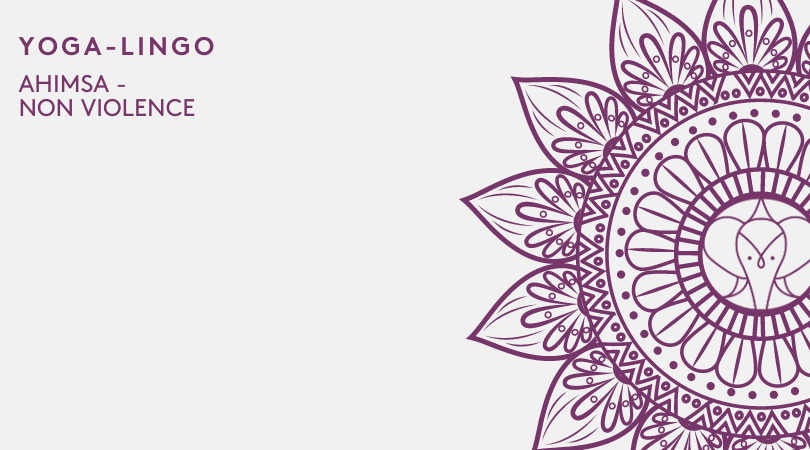Urdhva Prasarita Eka Padasana - Standing Split Pose
The standing split is one of the more advanced asanas that involve lifting of one foot to stretch the quad and hamstring. The asana is for more experienced people, and if you're a beginner, you should have a flexible back, neck, and legs.
Before you start the pose, begin with preparation poses and a series of bends such as standing- forward bend, wide-legged-forward bend, and head-to-toe bend then follow up with a cobra pose after the standing split pose. The name Urdhva prasarita eka padasana is a Sanskrit name which translates to “upright stretched one foot.”
When done correctly, the asana can increase a calmness of the mind and improves the digestion process and reproductive system functions. The pose requires flexibility and strength from the two contrasting muscles, quadriceps and hamstrings.
Urdhva prasarita eka padasana in 3 Steps
Start with the mountain pose with hands straight on your sides. Then slowly bend over and place your palms on the floor.
Lay your torso on the right leg and hold the back of your right leg for support. Slowly raise your left leg and ensure you’re stretching both the quadriceps and the hamstring.
You can raise the leg as high as you can and rest in the position for several seconds before repositioning to a forward bend.
Benefits of Standing Split Pose
Strengthened Quadriceps and Hamstring: The split pose strengthens both the high leg and the supporting leg muscles. For the lifted leg, quadriceps are stretched the most while the hamstring on the standing leg gets more pressure.
- Both the lower and upper body are strengthened resulting in leaner and toned muscles.
- The increased blood flow helps calm the mind and improves kidney and lung performance
- The challenge of attaining the balance on one leg increases mental focus and while eliminating fear
- The asana removes tension from the spine and the cervical area
Contraindications of Urdhva prasarita eka padasana
Headaches: If you experience problems, it’s best to keep away from this pose because of the blood flow to the head during the posture that could cause unnecessary distress.
Instability: To achieve the best results for Urdhva prasarita eka padasana, you need to have perfect body balance. Beginners are especially prone to falling over during the pose.
Blood Pressure: Unstable blood pressure gets worse if you practice standing split pose. The asana exerts a force on the breathing and the heart.
Injury: you shouldn’t perform Urdhva prasarita eka padasana if you have a recent wound on your back, leg, wrist or neck. The asana stretches the muscles, and it is likely to cause more harm to your injury.
Conclusion
Urdhva prasarita eka padasana is for advanced yoga asana practitioners because it involves strength and balance. If you’re a beginner, you can start by supporting your weight against the wall or having a professional instructor.
The intense stretching makes the pose to have many contra-indications to avert further damage. When done in the right way, you will experience toner muscles, increased blood flow, calm mind, and heightened mental focus.
Where to Start
With one of our online yoga programs, Ashtanga Fundamentals or Yoga for beginners









